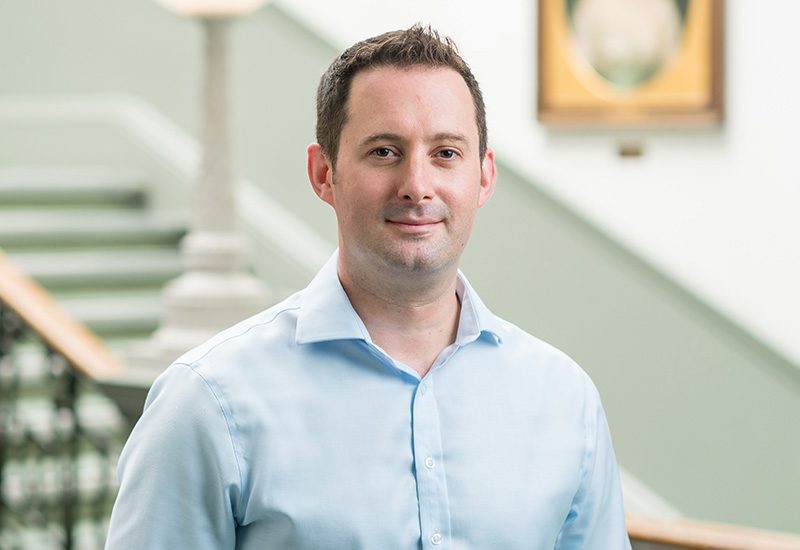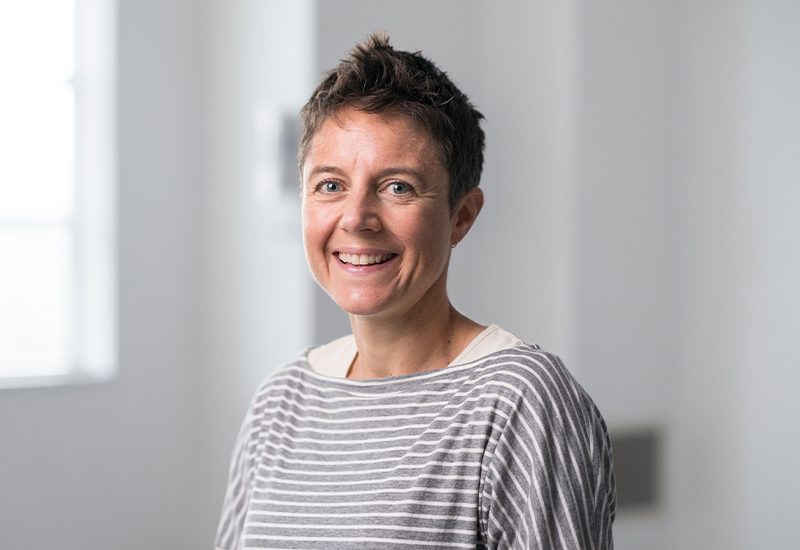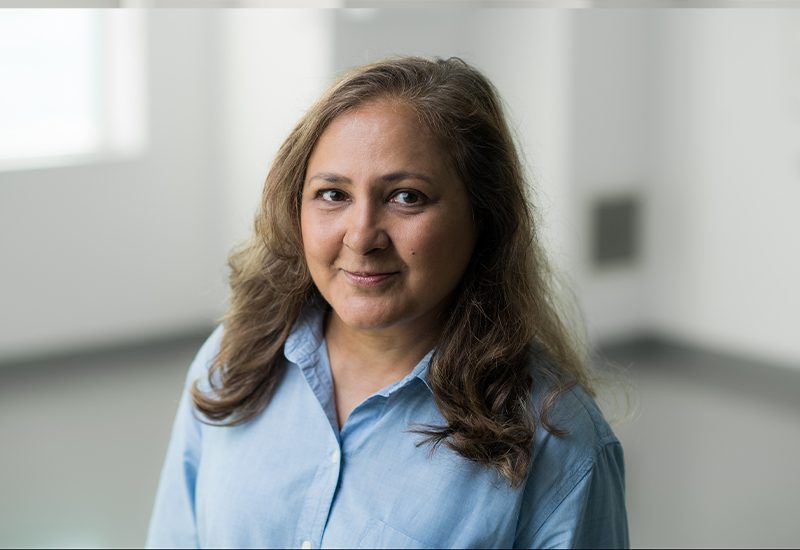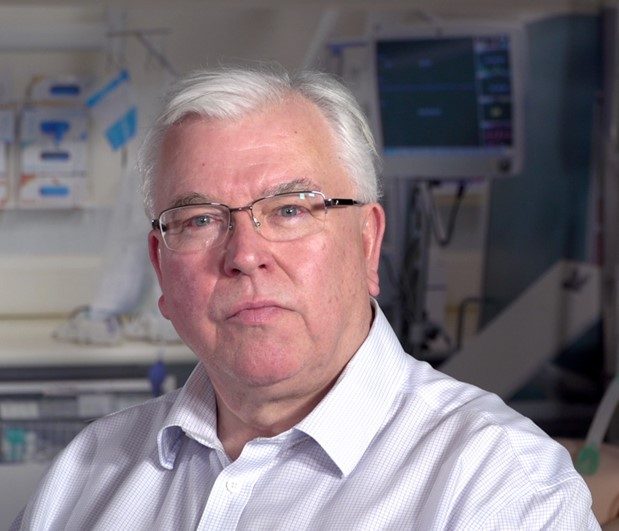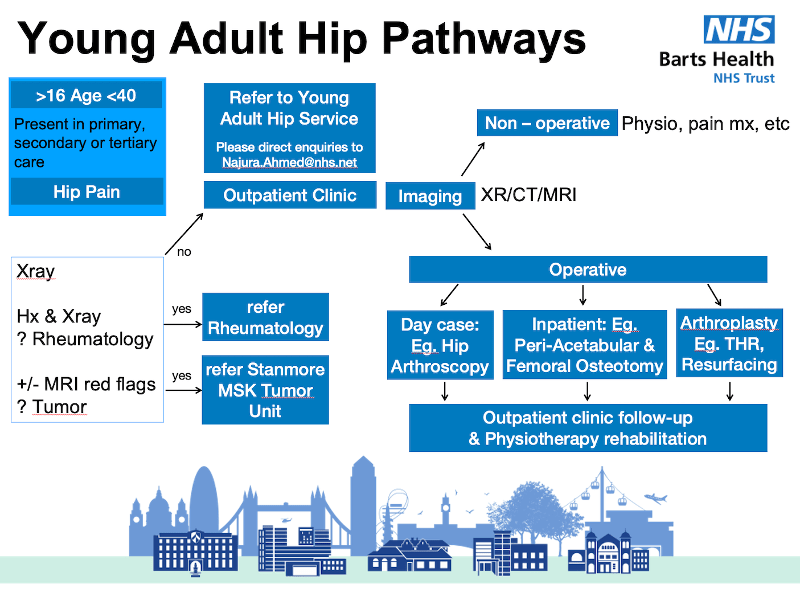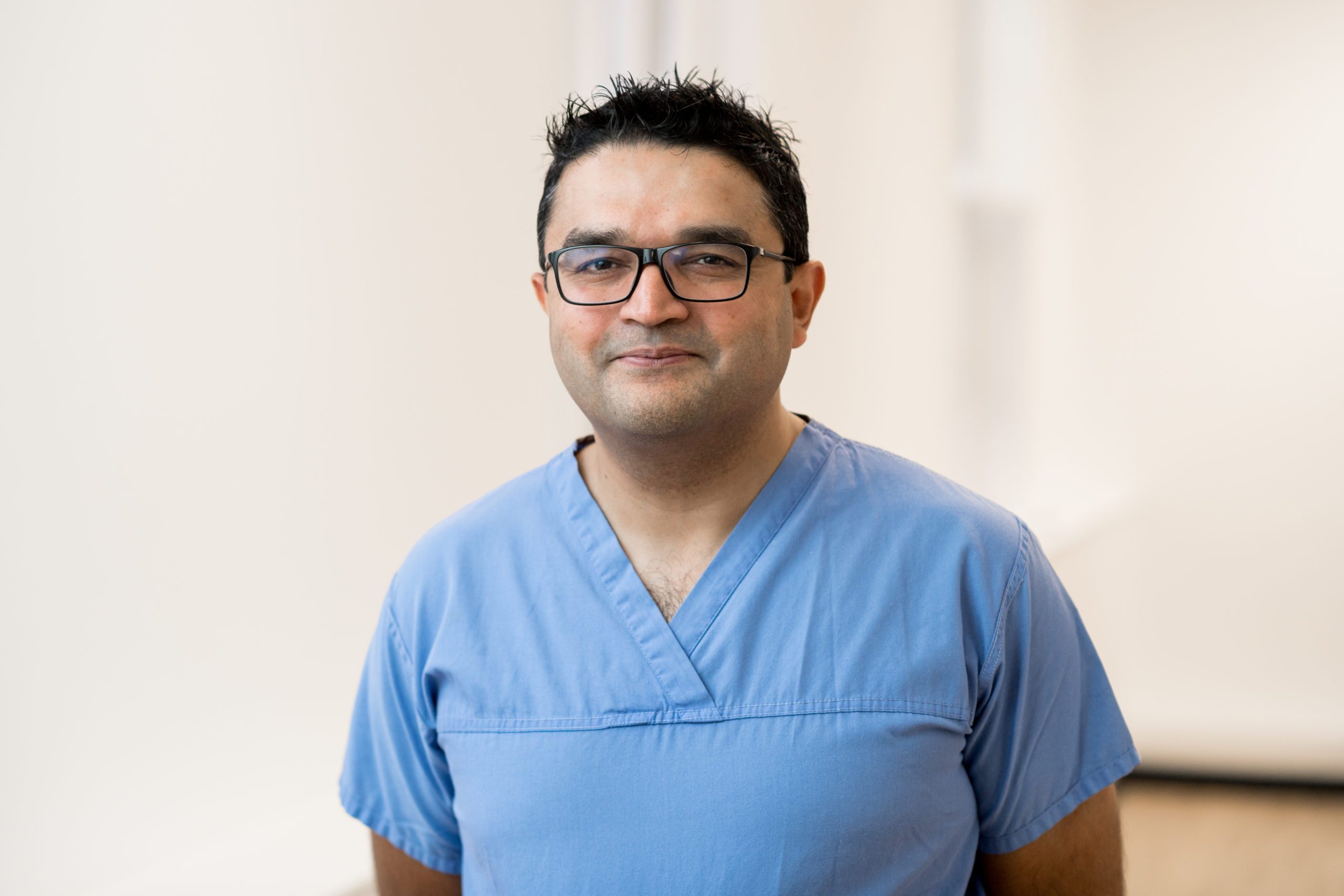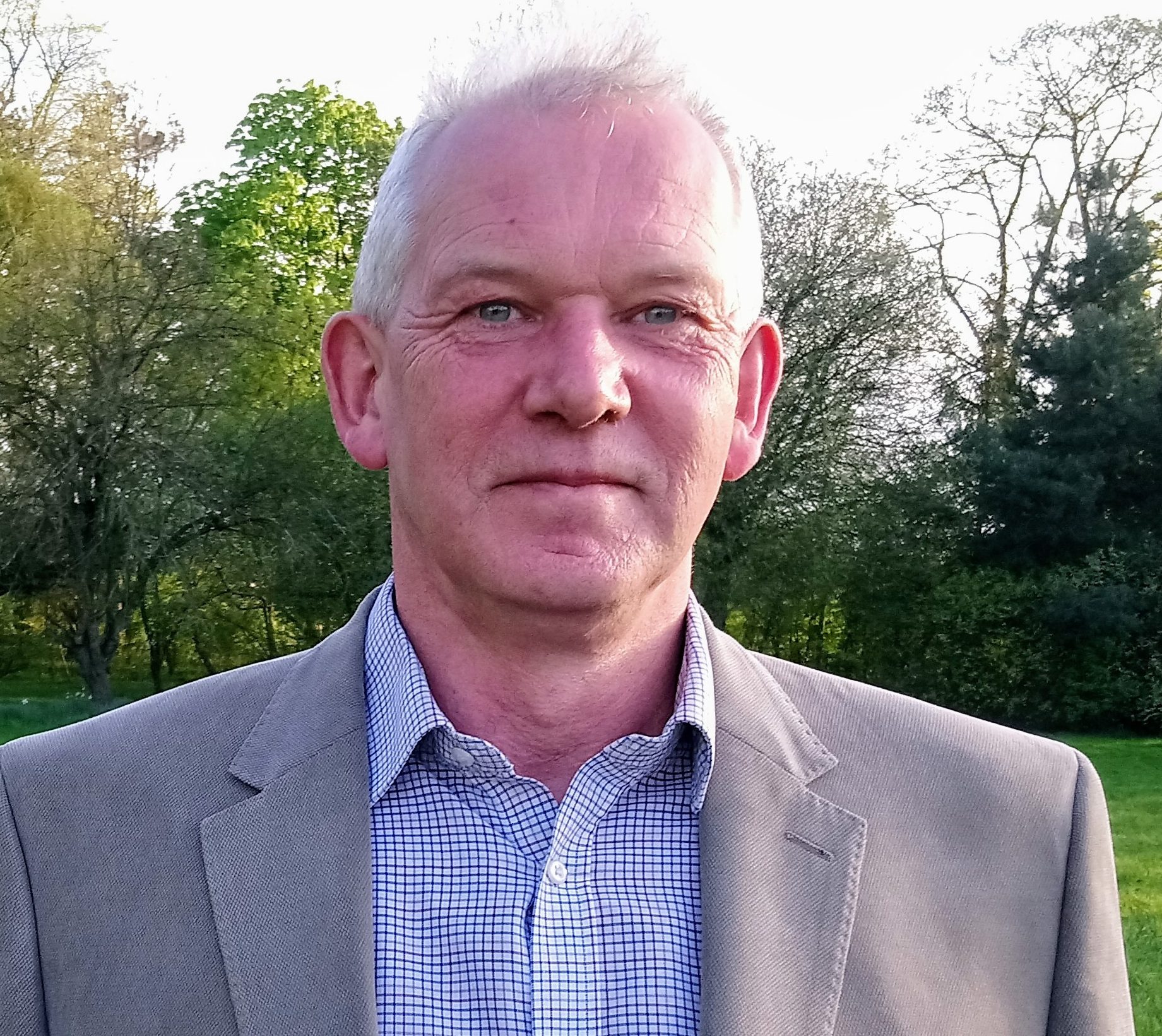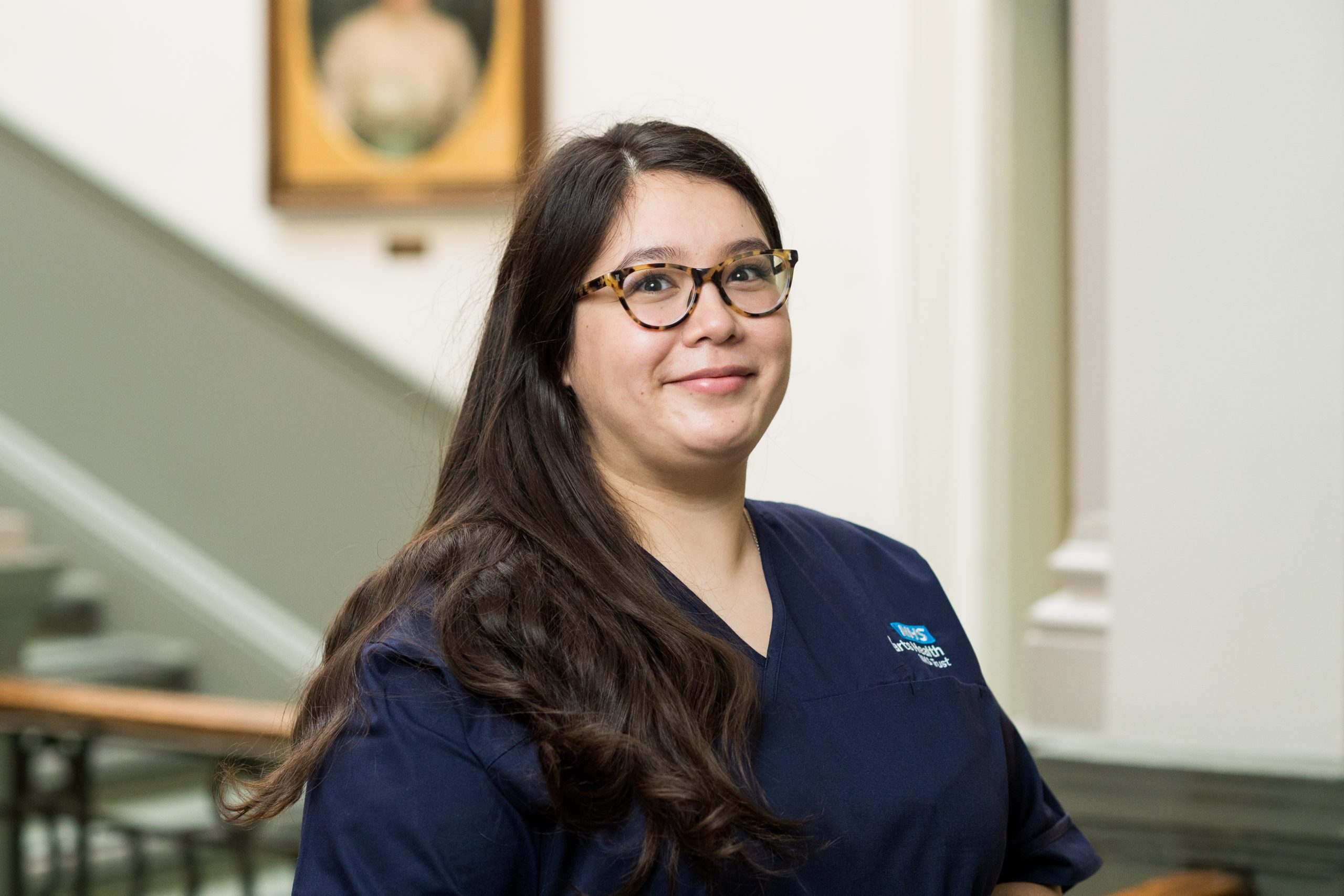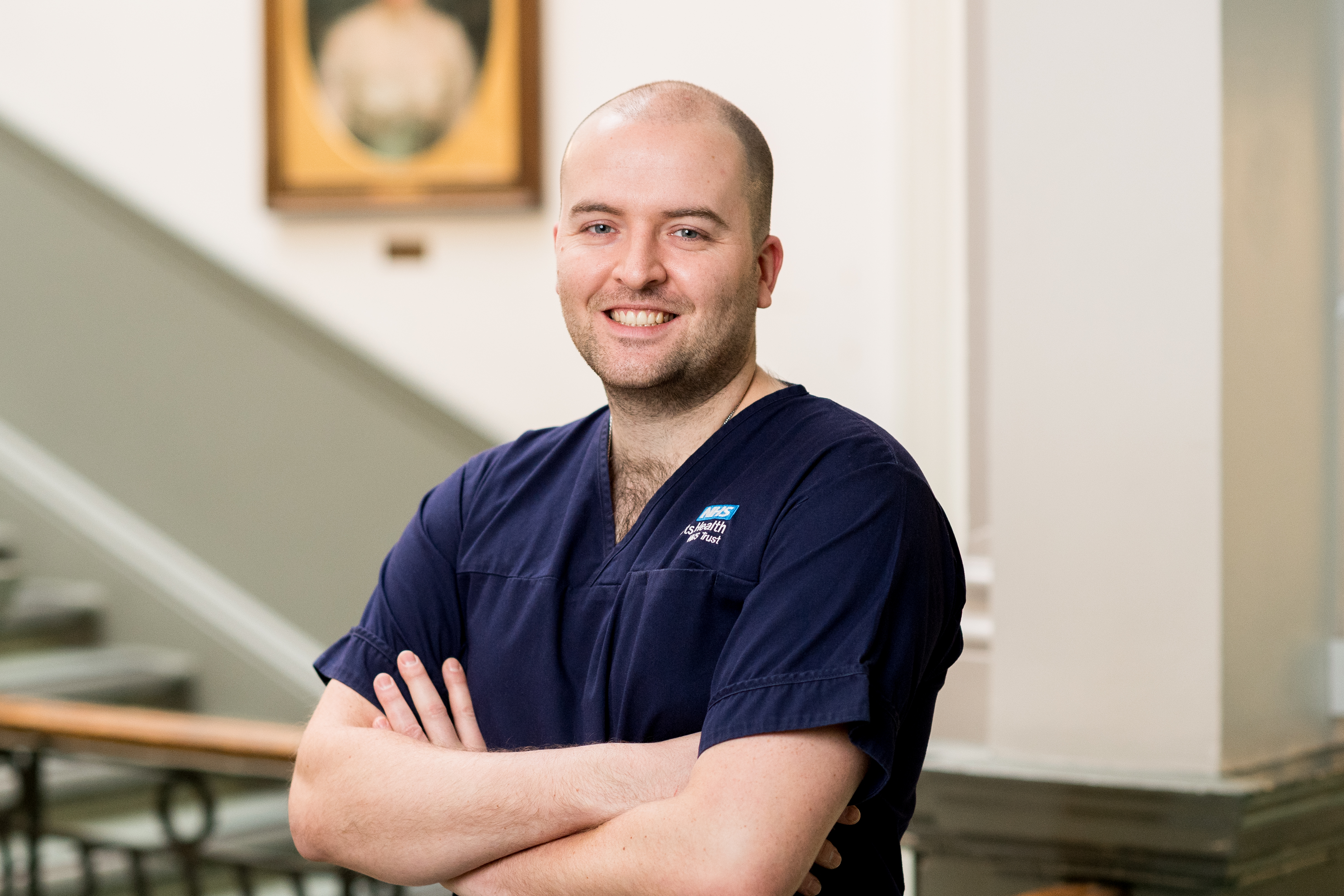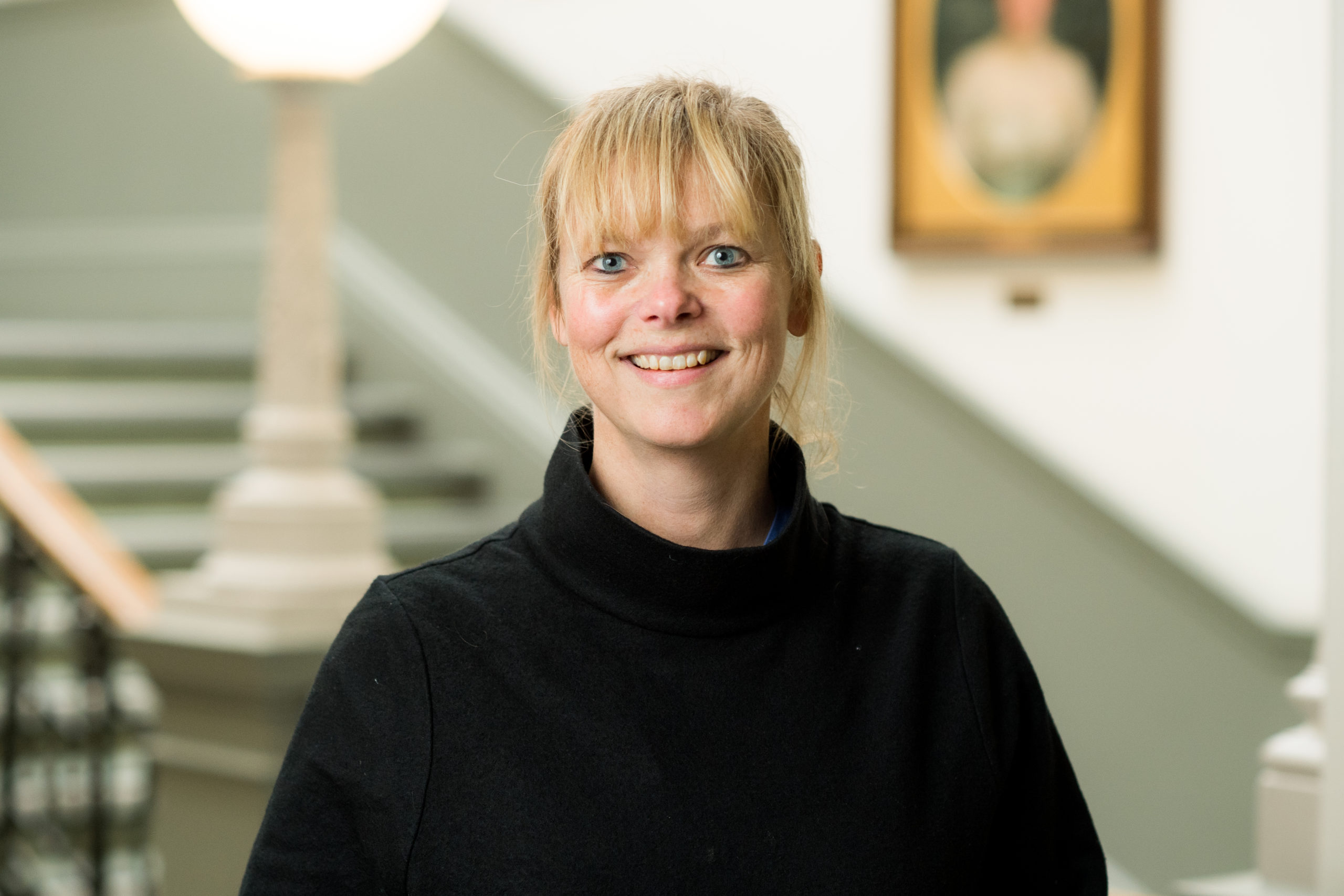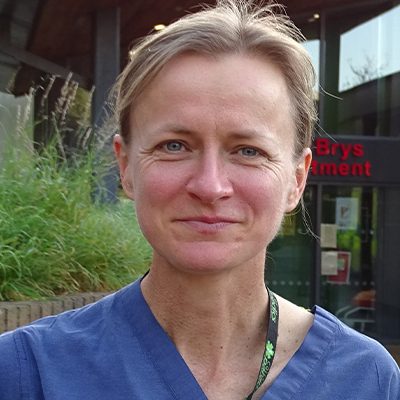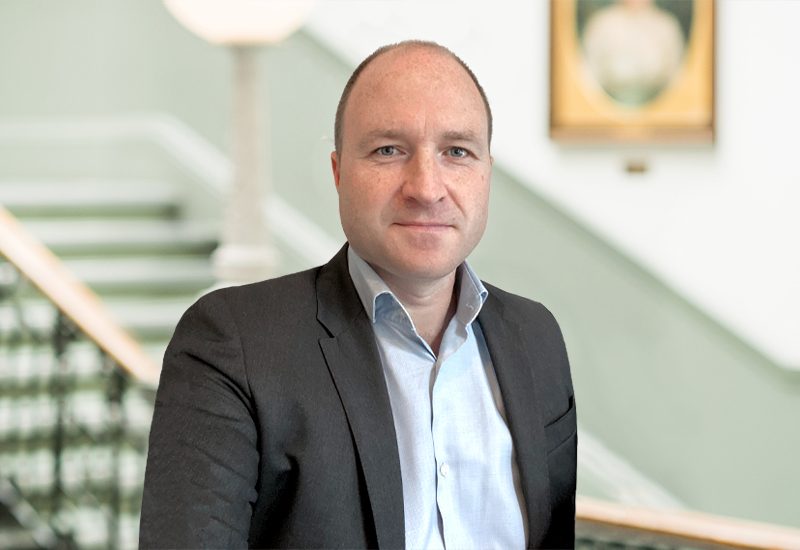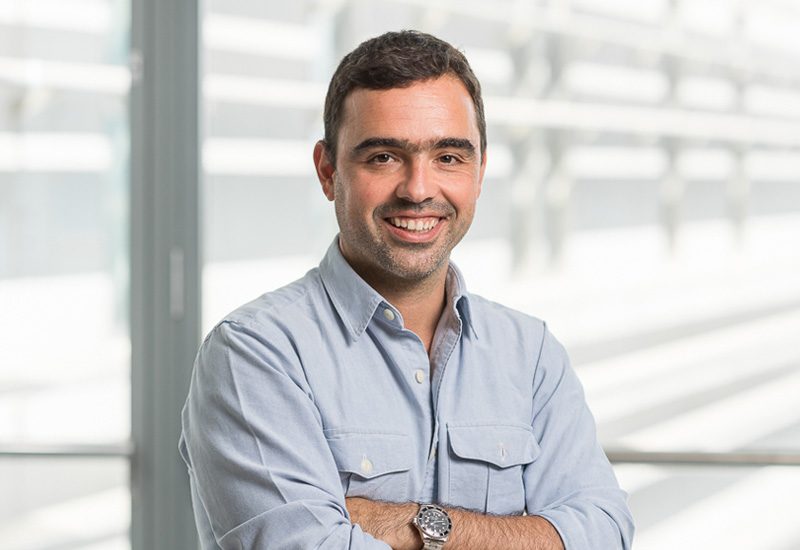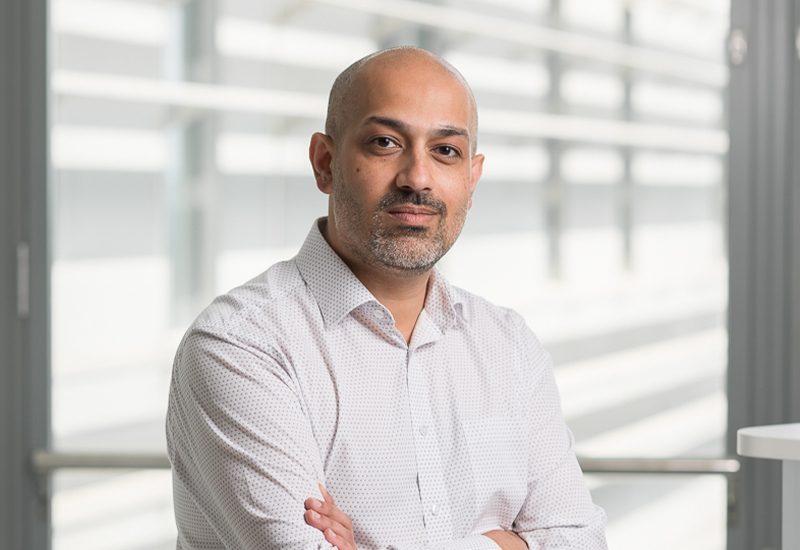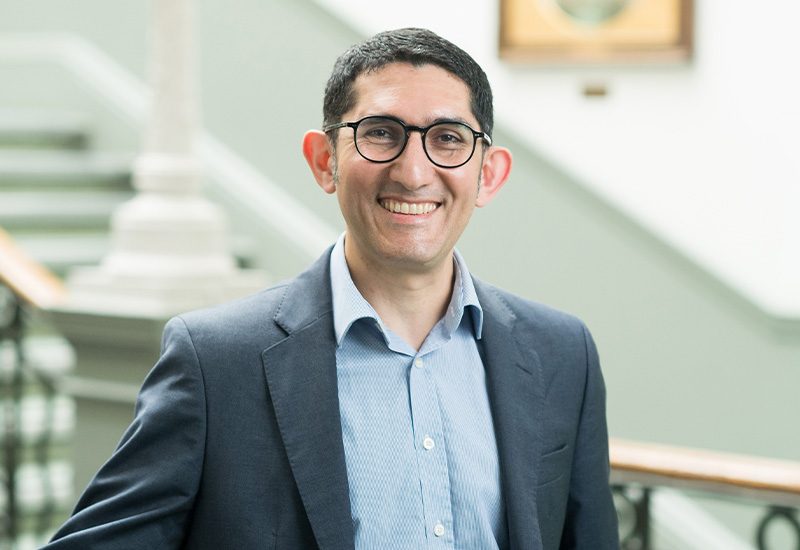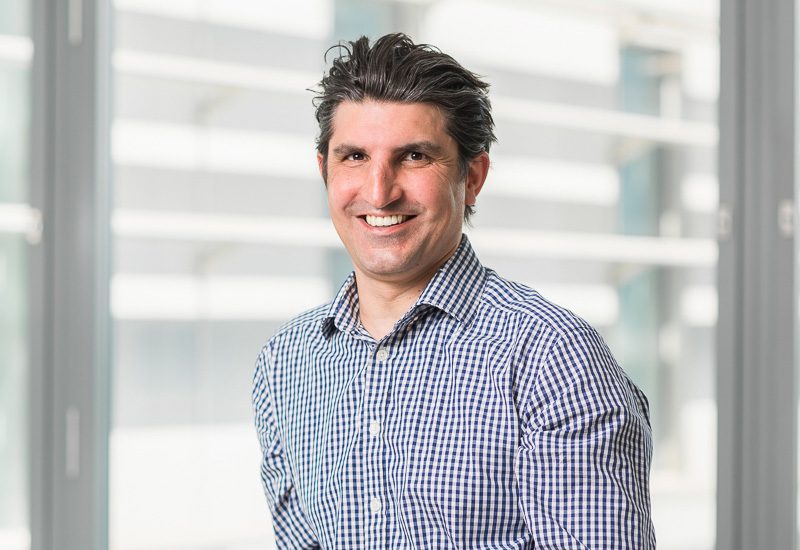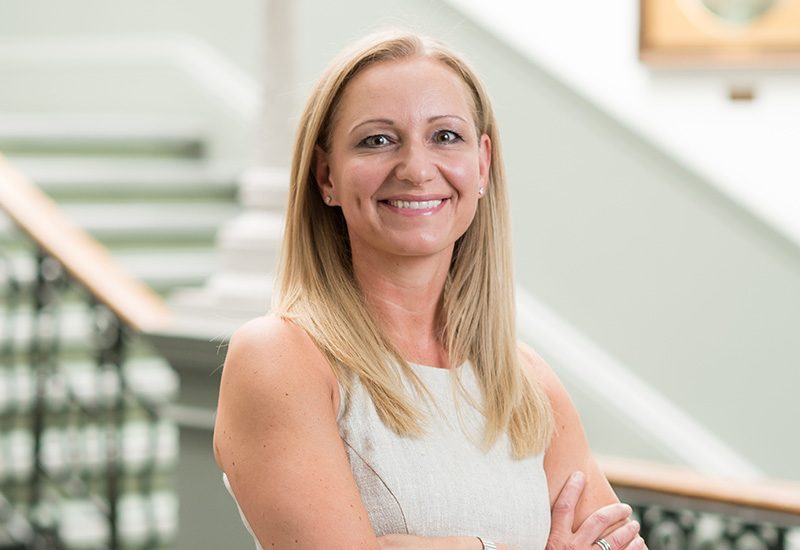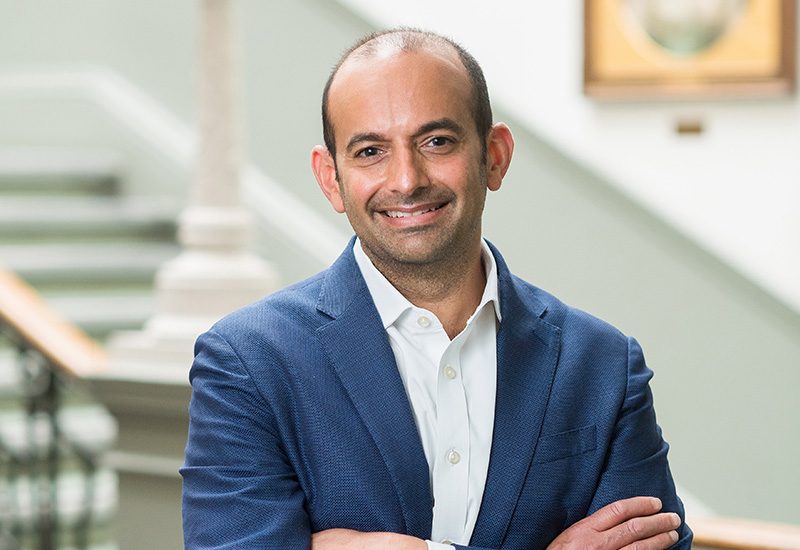DUALITY: Dual mobility (DM) versus standard articulation total hip replacement (THR) in the treatment of older adults with a hip fracture
Background
Worldwide there are 1.3 million hip fractures with more than 70,000 hip fractures in the UK every year. The global cost of this clinical problem is estimated at 1.75 million disability adjusted life years lost and represents 1.4% of the total healthcare burden in established market economies.
Some hip fractures are treated with a total hip replacement (THR). The standard type of THR involves a single joint between a relatively small ball and the socket; with an associated risk of dislocation, where the ball disengages with the socket. Most patients who experience a dislocation go on to have recurrent dislocations and many undergo revision surgery. The mortality following second surgery for hip fractures approaches 50% in this frail group of patients; the outcome of a second hip replacement is less successful.
An alternative design, the dual mobility (DM) THR may be less likely to dislocate. Here, the ball and socket are still replaced but the small ball is encased in a much larger plastic ball; improving the stability of the hip replacement by increasing the range of movement of the joint prior to dislocation.
Summary
We will investigate which of these treatments gives a better result for people 65 years and over with hip fracture from 30 hospitals across the UK. We want to look at whether people have had any complications after their surgery, particularly dislocation, where the ball comes out of the socket. We will ask people how they feel and how active they are a year after their fracture. We will also work out the cost of the two treatments – for the individual, for the health service and in terms of social support in the following year.
We will work with other European countries so that taken together we will be able to answer the question more quickly and at a cost that is reasonable. To compare the two treatments properly we think we will need 1600 people to take part overall, we anticipate that 450 will come from the UK part of the study. If people agree to take part, they will be put into one of two groups through a process called randomisation which makes sure that the groups are similar and the comparison is fair. After their operation everyone will have the usual ward care, rehabilitation and follow up that is standard practice at their hospital.
The researchers will ask people about any complications from the surgery, their health, walking ability and other daily activities, as well as any additional costs. Answers will be collected at the time of the surgery, at 4 months and 1 year after the injury; the results from the two groups will then be compared. People will be asked for their permission for the research team to use personal information about them collected routinely by hospitals and the NHS so that longer term effects can also be investigated.
Aims & Objectives
This project aims to find out what the clinical and cost effectiveness of dual mobility versus standard articulation total hip replacement in the treatment of adults aged 65 years and over with an acute, displaced intracapsular hip fracture.
1. To quantify the difference in risk of dislocation within the first 12 months post-diagnosis between the treatment groups.
2. To quantify the differences in health-related quality of life at 12 months post-diagnosis between the treatment groups.
3. To quantify the difference in the risk of all cause re-operation within the first 12 months post-diagnosis between the treatment groups.
4. To quantify the difference in mortality risk at 12 months post-diagnosis between the treatment groups.
5. To quantify the difference in the risk of implant-related infections within the first 12 months post-diagnosis between the treatment groups.
6. To quantify and draw inferences on difference in costs and comparative cost-effectiveness up to 12 months post-diagnosis between the treatment groups from a NHS and UK Social Care perspective.
Study Design
International, pragmatic, multicentre, two-arm randomised controlled superiority trial with parallel economic analyses from a UK NHS perspective and direct patient follow-up to one year. Currently, the DUALITY study based in Sweden is open to recruitment; this UK component will recruit approximately one third of the overall sample. The UK component will be nested within the existing WHiTE PLATFORM and enabled by the National Joint Registry maximising value for money in setup and followup trial costs.
funded by

National Institute for Health and Care Research
Lead Applicants
Professor Xavier Griffin, Queen Mary University of London
Co-applicants
Dr Juul Achten, University of Oxford
Dr Duncan Appelbe, University of Oxford
Professor Jonathan Cook, University of Oxford
Mr Richard Grant, PPI Representative
Dr Rory Middleton, Royal Cornwall Hospitals NHS Trust
Professor Sarah (Sallie) Lamb, University of Exeter
Professor Borislava Mihaylova, Queen Mary University of London
Professor Michael Whitehouse, University of Bristol
GET IN TOUCH
If you would like to find out more about opportunities to drive our research, please email us.









